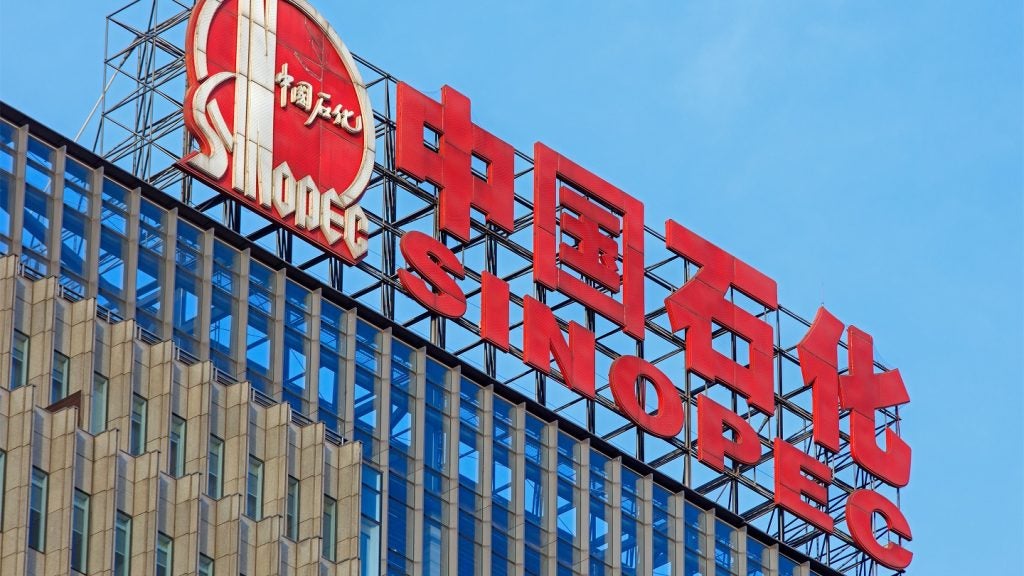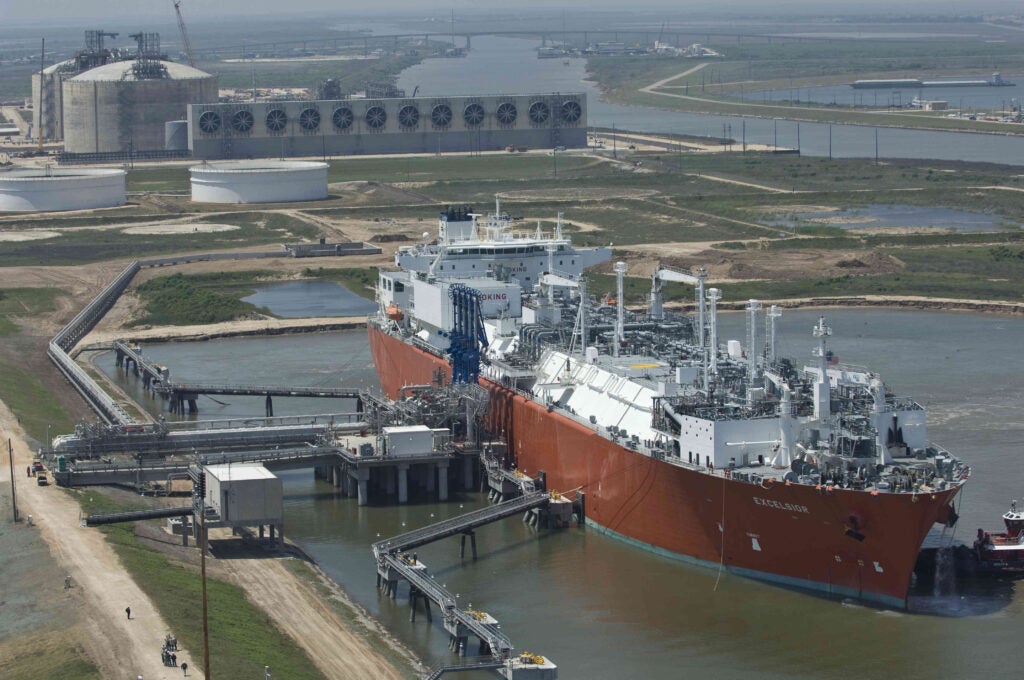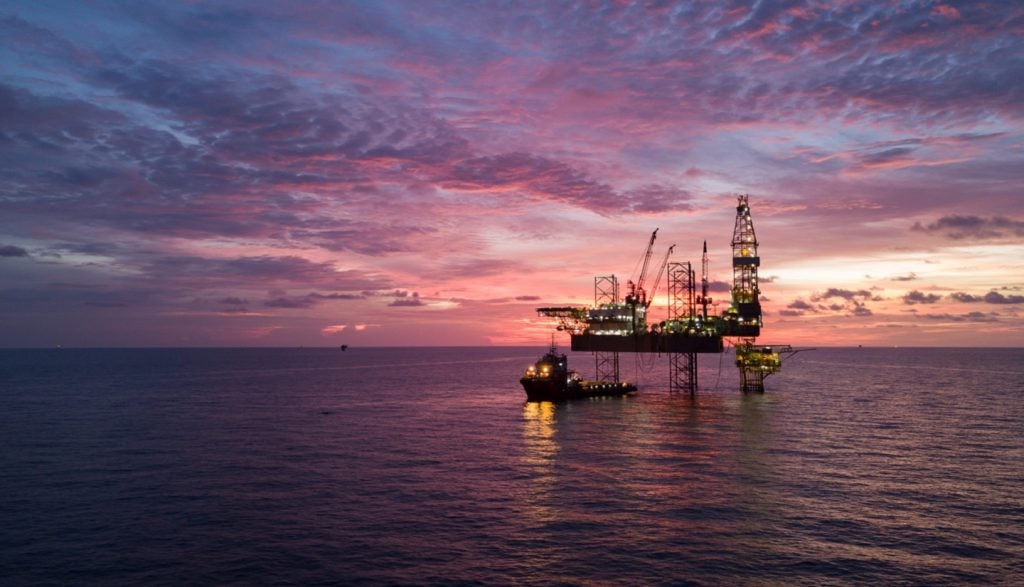CITGO Petroleum operates the Lake Charles II coking refinery, which is located in Louisiana, the US. According to GlobalData, who tracks and profiles more than 1,400 refineries worldwide, it is an integrated coking owned by Petroleos de Venezuela. The refinery started operations in 1944 and has a Nelson Complexity Index (NCI) of 12.17. Buy the profile here.
Maintenance activities at Lake Charles II coking refinery
The Lake Charles II refinery coking witnessed eight incidents during the period 2017-2022.
About CITGO Petroleum
CITGO Petroleum Corp (CITGO) refines, transports, and markets transportation fuels, lubricants, petrochemicals, solvents, and other petroleum-based industrial products. The company owns and operates crude oil refineries in Lemont, Illinois; Corpus Christi, Texas; and Lake Charles, Louisiana. It has a network of petroleum product terminals and pipelines. Its terminal stores distribute petroleum products such as diesel, gasoline, heating oil, and jet fuel across major regions of the US. CITGO markets petroleum products to customers and businesses through its network of independent distributors. The company is owned by CITGO Holding Inc, which is an indirect subsidiary of Petroleos de Venezuela SA (PDVSA). CITGO is headquartered in Houston, Texas, the US.
See Also:
For more details on the Lake Charles II coking refinery, buy the profile here.
Premium Insights
From

The gold standard of business intelligence.
Blending expert knowledge with cutting-edge technology, GlobalData’s unrivalled proprietary data will enable you to decode what’s happening in your market. You can make better informed decisions and gain a future-proof advantage over your competitors.






